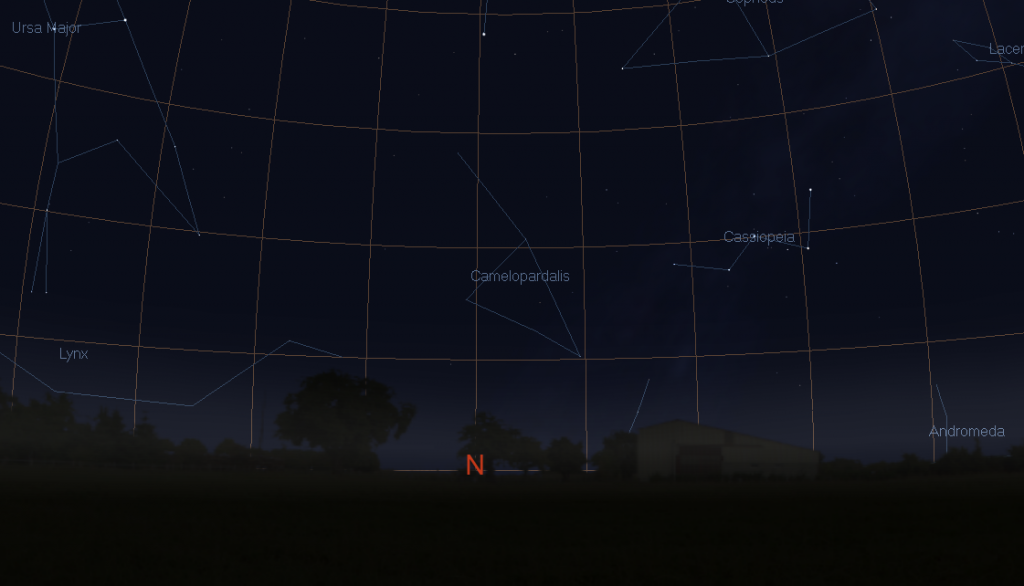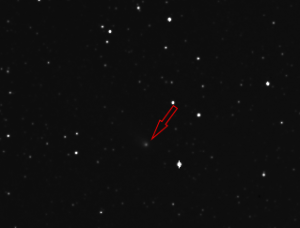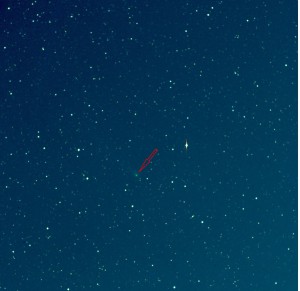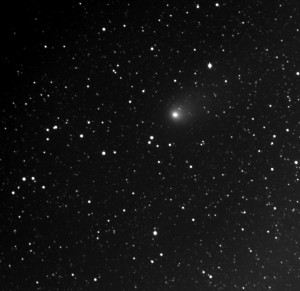In an extremely rare treat, anyone with clear skies overnight tonight may get the opportunity of a life time. A brand new, one chance to see, meteor shower! Comet 209P/LINEAR has left a stream of debris in the Earths path and researchers expect us to hit the most dense part of the debris field (otherwise known as the peak of the meteor shower) at between 2 AM and 4 AM EST on May 24th. Since this is being posted on the 23rd, that means overnight tonight!
Current estimates say this shower could be as little as 200 per hour all the way up to a whopping 1,000 per hour and those of us in North America will have the best visibility to the peak of the shower.
The reason for the name Camelopardalid is actually quite simple, as with other meteor showers, it is named for the area in which it originates in the night sky. In this case, the constellation Camelopardalis (The Camel) which is near the Dippers and Cassiopeia in the Northern sky. This is known as the radiant, the position in the sky where the meteors will appear to originate.

It is important to note that in most cases, that you certainly can see meteors by toward the radiant, you should not need to look at or toward the radiant to see meteors from a shower, especially if the rate is as high as predicted so if you are not in an ideal spot to see the constellation, don't let that discourage your viewing attempt.
Now, in the event that you're not in North America, or, you simply don't want to go outside to check out this show, you can sit back and watch from a computer or mobile device at the link below. The Slooh network will be streaming the view from equipment set up to watch the shower.
http://live.slooh.com/
Accuweather has also provided a general viewing guide taking into consideration the weather anticipated for North America. You can find that information here:
http://www.accuweather.com/en/weather-news/viewable-for-the-first-time-ne/27352068
Another good resource is a page direct from NASA setup for this event that can be found here:
http://www.nasa.gov/topics/solarsystem/features/watchtheskies/may-camelopardalids.html
Hopefully some of you may get a chance to view this potentially spectactular event! Happy viewing everyone!



